|
As I reflect back on a recent podcast that I recorded with Dr. Scott Kretchmar, I’m constantly drawn back to the reference he made in the episode to ‘keeping our playgrounds alive as long as possible’. Scott spoke in-depth about his aging body and how he has to continually reframe and rewrite his own ongoing story of physical activity and movement. His own narrative has shifted, but his commitment to helping physical educators understand what meaningful movement experiences are in PE still burns brightly for Scott. When working with PE teachers and students, I’m inspired, on a daily basis, to try and figure out what is most important in regards to planting the seeds necessary for intrinsic motivation to flourish in our PE programs. I’m a long, long way from figuring out the answers, but the greatest joy lies directly in the challenge of testing out and modifying ideas and really involving students in helping to figure out whether or not the approaches we are using in our PE program are actually working. Although Kretchmar is an aging kinesiologist who strives to be as active as possible despite the constraints that his body has placed on him, the wider and more meaningful message he hopes to help physical education and health teachers understand is that keeping our playgrounds alive means that we must do everything possible to engage students in physical activity and movement from an early age. I want to share the recent work we have done in our grade 3 Individual Pursuits unit that has been focused on skateboarding and how we are genuinely hoping to inspire our students to find joy in movement. To give you more insight into the unit, I must provide a bit more detail so that you can have a clearer understanding of the constraints that we are up against in this unit. Our school year is divided up into 3 cycles. The students have PE lessons twice a week in cycles 1 and 2, but in cycle 3 they have swimming which means that one PE lesson a week is devoted to swimming whereas the other lesson is for skateboarding. This means that the students have only 6 PE lessons, 40 minutes in length, devoted to skateboarding. Considering the fact that the students had a skateboarding unit in grade 2, many of the students have already been introduced to it. However, there are still some new students that have had no experience at all with skateboarding. So, when planning this unit, we were very aware that we would have only 6 lessons that are 40 minutes each. Not very much time to dive deeply into skateboarding technique in this unit. So, what was the best way forward? As we are heavily invested in the Meaningful PE framework, we definitely try to consider all 5 features of this framework when trying to map our units out. Although all 5 features hold a lot of importance to us (Fun, Relevance, Motor Competence, Social Integration and Challenge), we feel that our work this year has heavily focused on the feature of ‘Challenge’. Throughout the year, our teaching and our reflections have constantly led us back to the feature of ‘Challenge’ as being prioritized in units. However, in saying this, we have found that the 4 other features are not neglected, but connect deeply to the feature of ‘Challenge’. We have found that when students can find the ‘just right’ challenge, everything else falls into place. By finding the ‘just right’ challenge, it is very relevant to them as it is an entry point to their learning that they have autonomy over. Motor competence then becomes the focus as they are engaged in developing their skills related to skateboarding. Social integration falls nicely into place as they are generally inclined to take on different challenges with their peers and to show their progress and learning with each other. The feature of ‘fun’ is obvious as the students are genuinely engaged and experiencing joy because they are able to find some element of success in the activities. As every student is engaged, we find very little behavior management problems at all in class. CHALLENGE We have spoken about and unpacked the feature of challenge with our students in grades 1-5. They understand the language of challenge and the importance of finding the ‘just right’ challenge in helping them to not only experience more joy but to also develop their skills (motor competence). Considering we had limited time, to kickstart this unit the teacher, I was co-teaching with (Bill Kelly) and I got the kids right into things by letting them explore movement on a skateboard and to identify what they felt their biggest challenges were. Using sticky notes, the students wrote down what they felt their biggest challenges were in the initial exploration of skateboarding. As you can see from the visual above, they had shared a number of different challenges that they had experienced. Using this as a launch point, I created a visual of leveled ‘challenges’ that the PE department had created for the skateboarding unit. Level 1 challenges are quite basic but fundamentally important for the students to develop competence in. Level 2 challenges are more in-depth and definitely require more technical skills and motor competence. Red, Yellow, Green Dot Self-Assessment Strategy At the beginning of the second class of skateboarding, the students put on their gear and headed to the outdoor basketball court. I was able to explain the colored dot self-assessment strategy to the students and quickly describe each of the Level 1 challenges. When using this strategy, Red= Impossible at this point, Yellow= Can sometimes do it, Green= Can consistently do it. The main idea behind this assessment is that it provides students with the opportunity to self-assess where they are at in regards to the different challenges. The bigger goal here is for the students to show their progress and the way that they do this is by layering the colored dot stickers. For example, if a challenge is impossible to the student, they simply take a red sticky dot and write their name on it and place it on the chart paper assessment. This often leads to the student practicing this particular skill either independently or with the help of a peer or teacher. Once the student has made progress and perform the skill some of the time, they go back to assessment chart and use a yellow dot to self-assess themselves at this point. They write their name on the dot and place it on top of the previous red dot they had put down. They repeat the process until they are confident and competent in the skill and then self-assess themselves with a green dot which then goes on top of the previous yellow dot. What we now have is a progression of learning that is visible through the layering of the dots. You can see the layering of dots below. This is a fantastic assessment strategy because it provides so much insight for the teacher. When the teacher sees reds and yellow dots, they know who they need to provide immediate feedback to, in order to help these students move forward with their learning. Level 2 Challenges In order to move on to the level 2 challenges, the students need to haver self-assessed themselves in most or all of the challenges identified in the Level 1 challenge chart. There is a lot of different challenges in both 1 and 2, therefore the students have multiple opportunities to find the ‘just right’ entry point into their own learning. All students are able to start where they feel is best and to progress forward from there which means that each student experiences success. We are able to also celebrate the success of each student regardless of where they are at in relation to their level of skill. Biggest Question As researchers of our own practice, we can think that this approach is working with our students, but our biggest question is, “How do we know whether or not it is working?”. In an effort to find this out, our greatest resource is the students themselves. I set out to do quick interviews with a number of the students and they could all share that the dot check in helped them by showing their progress. As well, the students were able to share some of their big successes. In the video below, you can see one of our students going down a hill on her skateboard. This was something she was afraid of, but was able to overcome the fear and become competent in this task. In moving forward, we will keep exploring ways that help to intrinsically motivate our students to be more engaged in their physical education experience by helping them to find their 'just right' entry point to learning, regardless of the unit in PE. We have had some major success in units such as racket sports, cycling, and skateboarding this year and look forward to refining our approach the rest of this school year and into next school year. Thanks for reading and hope you found some value in this post.
2 Comments
Annie Kay
7/1/2019 12:59:13 am
Thank you for sharing. I have just completed the Making PYP Happen course in Melbourne. Your dot self assessment at different levels is fantastic & demonstrates so much of what I was learning. A very simple, non time consuming method that I will implement in my PE program. Thanks again.
Reply
Fiona
3/27/2022 06:48:25 pm
I love the challenge activity and how you've set it up for students to find their 'just right'. We are about to start a rock climbing unit and I can see this working so well with that.
Reply
Leave a Reply. |
AuthorKAUST Faculty, Pedagogical Coach. Presenter & Workshop Leader.IB Educator. #RunYourLife podcast host. Archives
September 2022
|
- Welcome
- All Things Teaching and Learning
- The Aligned Leader Blog
- Consulting and Coaching Opportunities
- My TED X Talk
- My Leadership Blog
- Run Your Life Podcast Series
- How PYP PE with Andy Has Helped Others
- Good Teaching is L.I.F.E
- The Sportfolio
- Example Assessment Tasks
- PYP Attitude Posters (printable)
- Publications
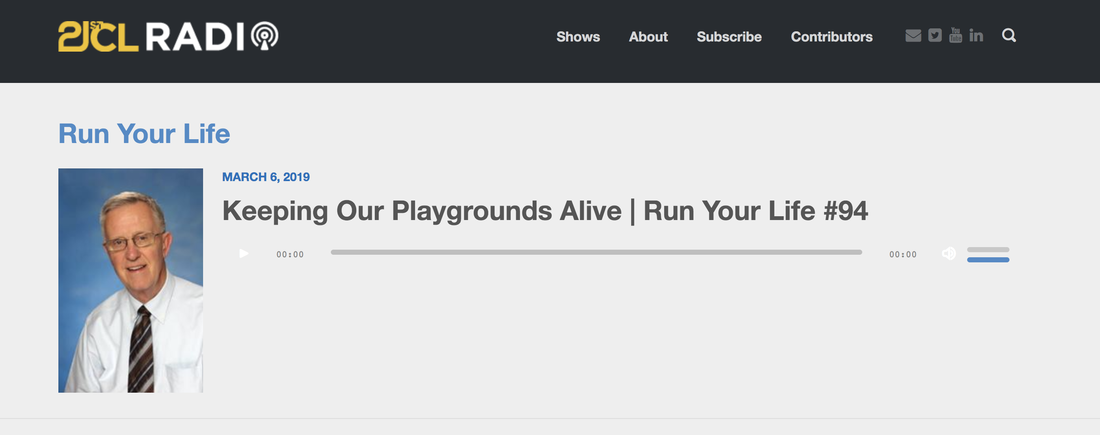
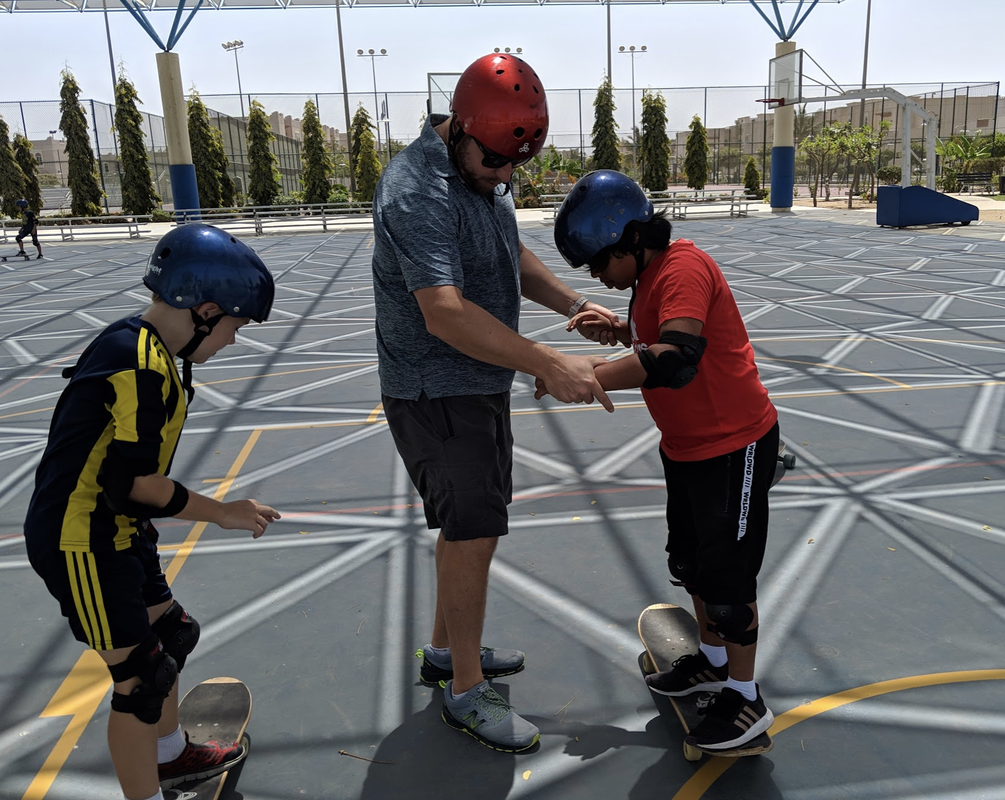
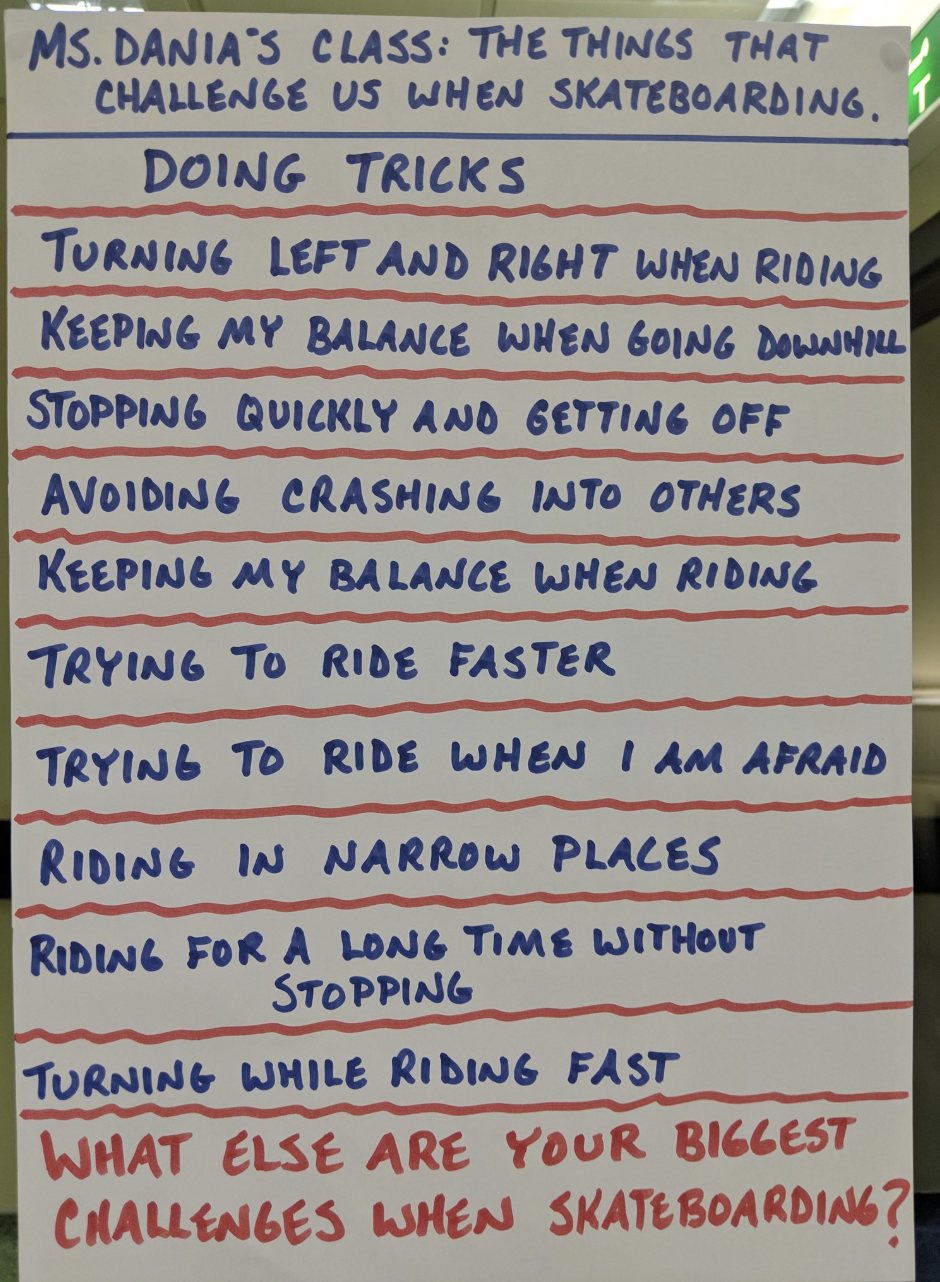
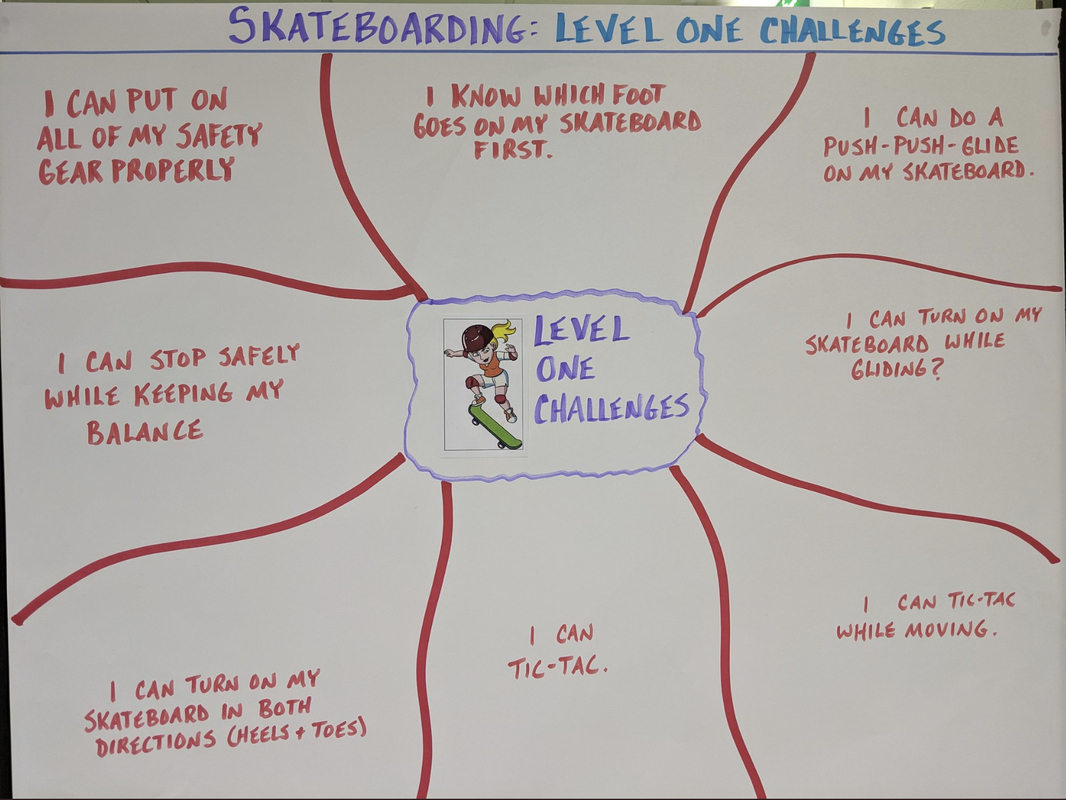
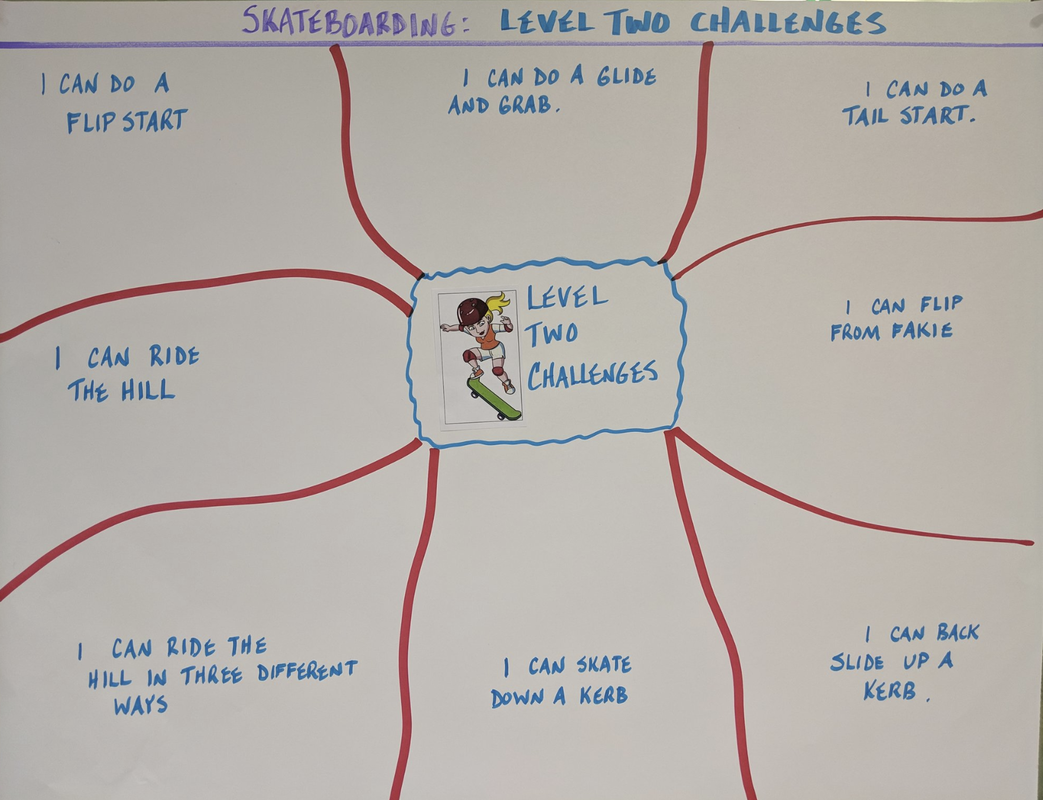
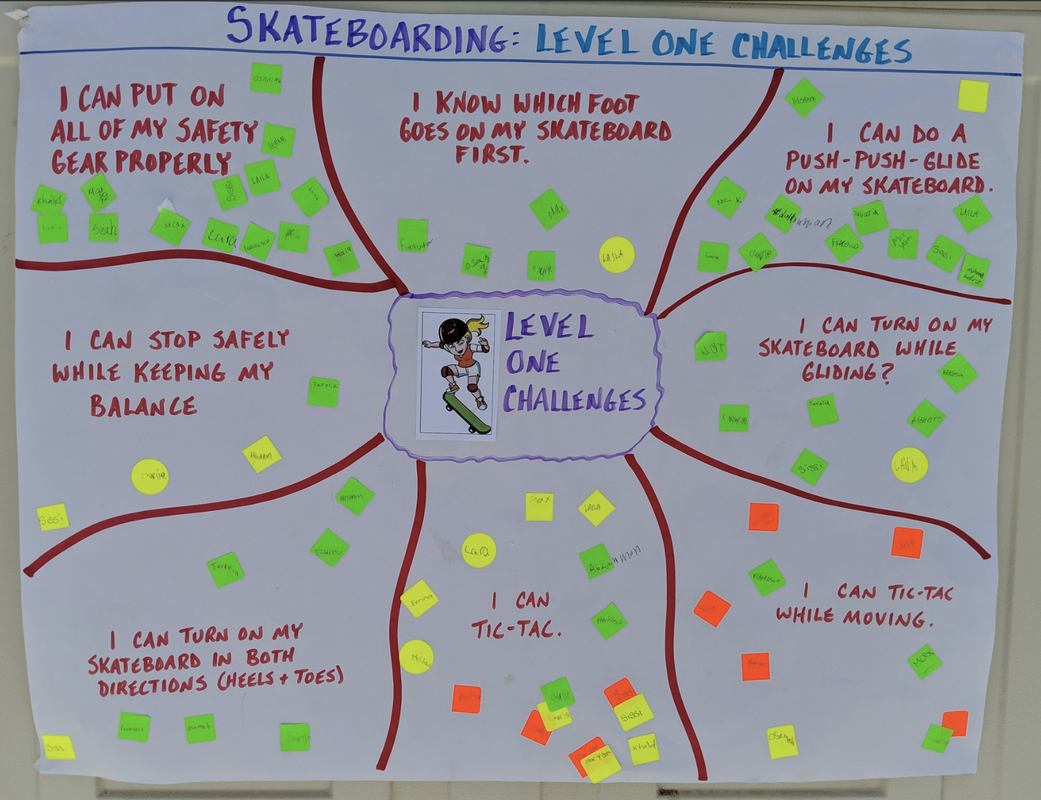
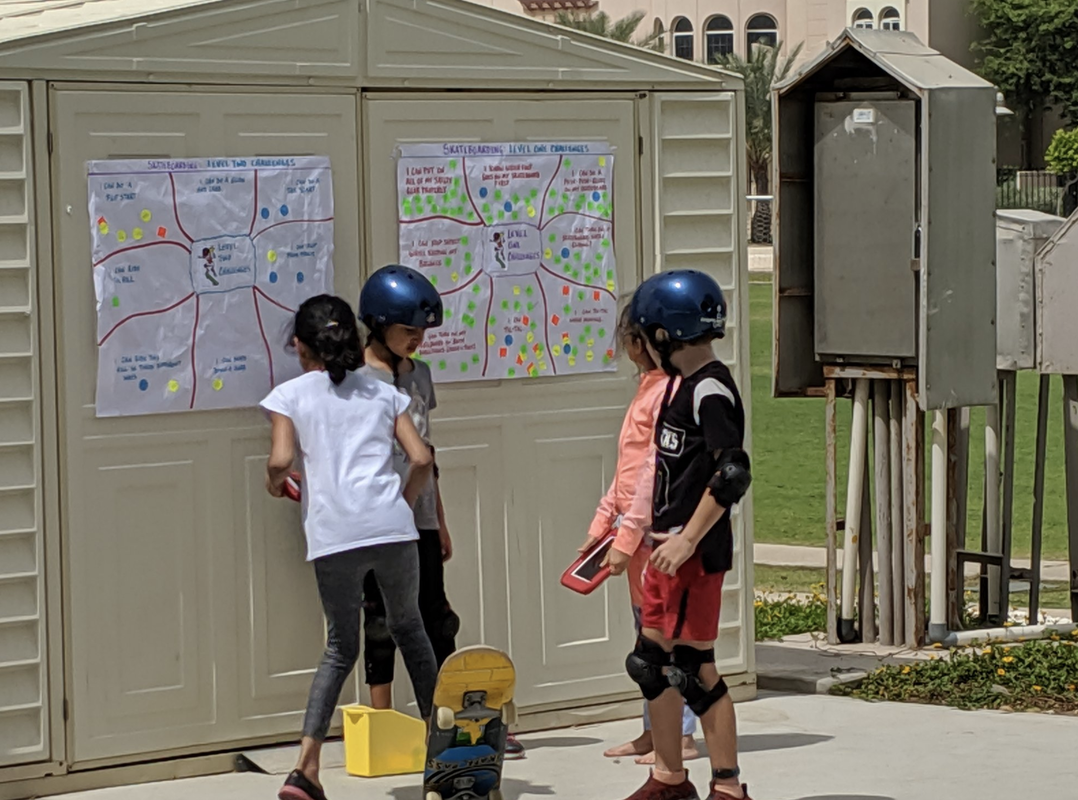
 RSS Feed
RSS Feed
